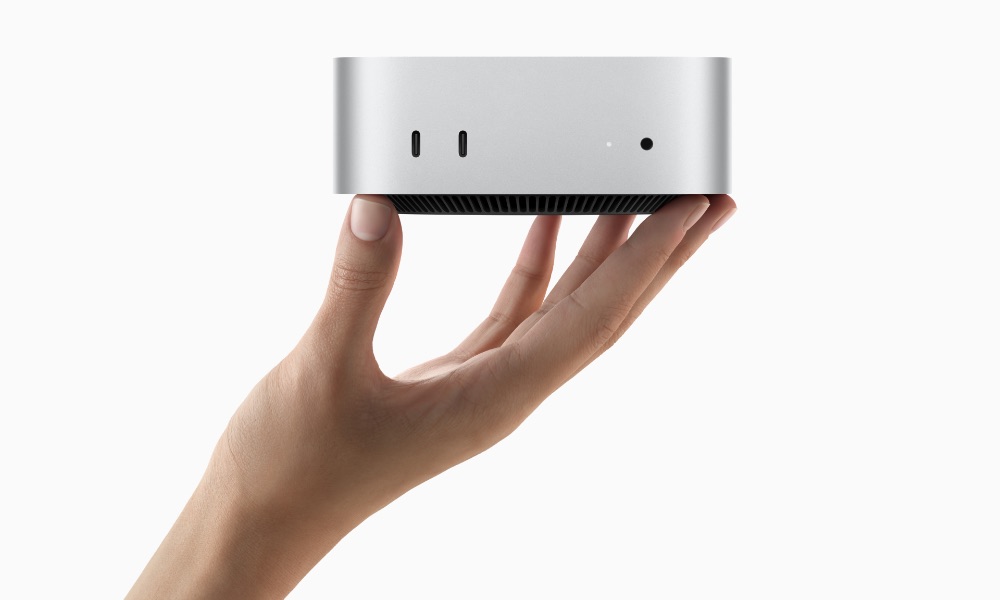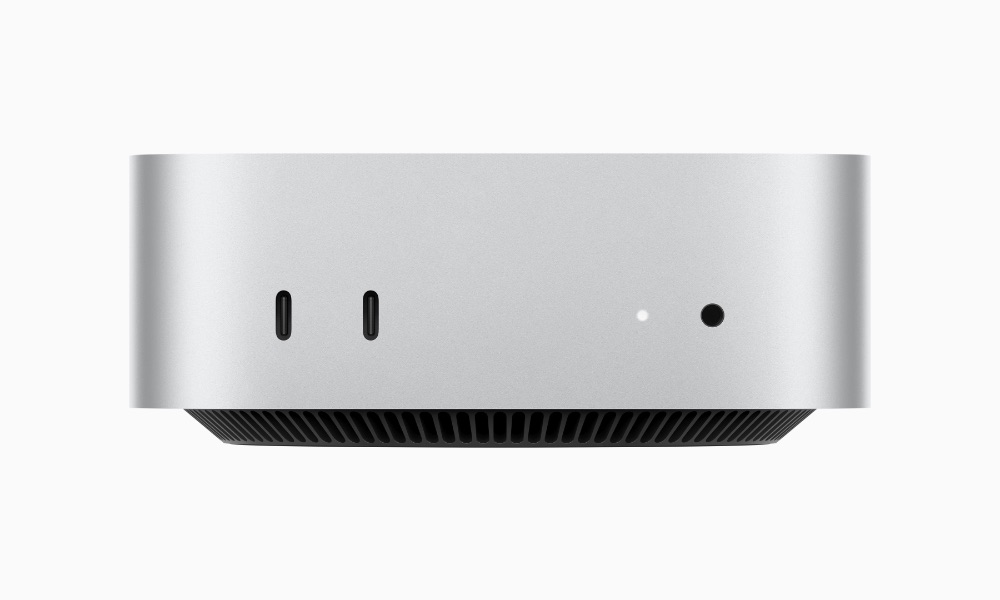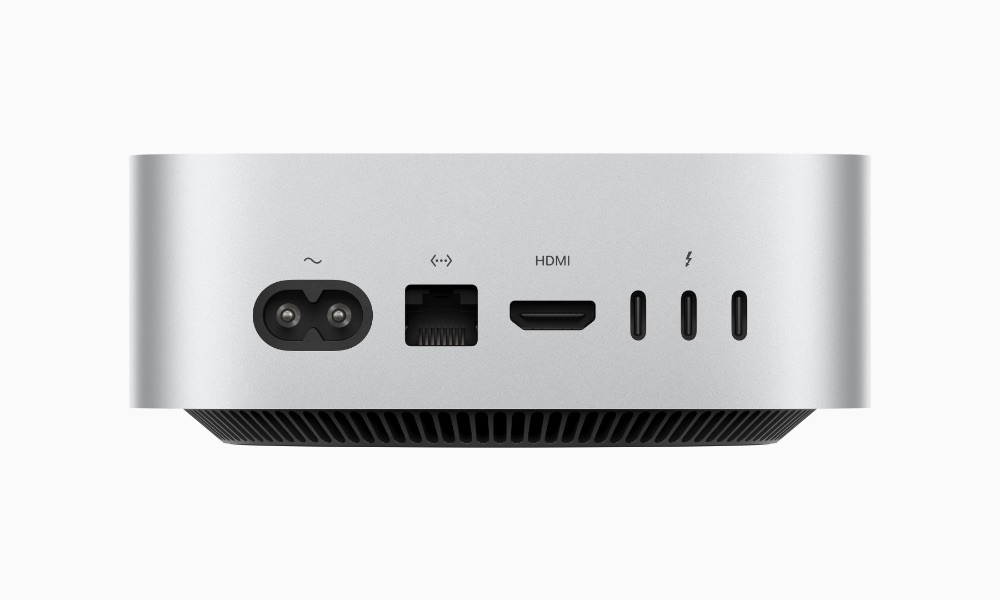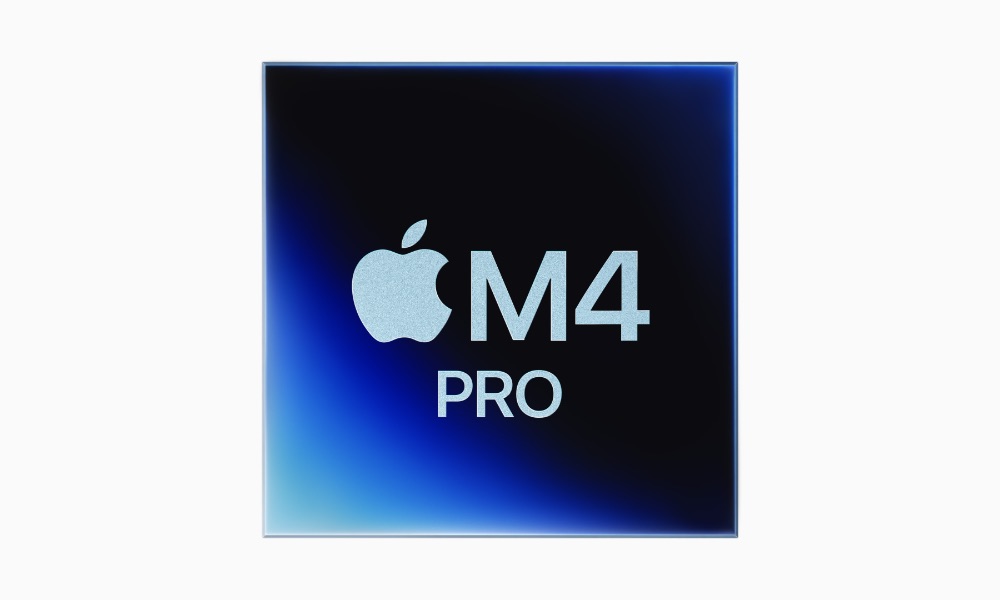Apple’s Smallest Ever Mac mini Arrives with M4 Pro Power

Toggle Dark Mode
It was nearly twenty years ago that Apple’s Mac mini became one of the smallest personal computers on the market. Now Apple is breaking that previous record with the 2024 M4 Mac mini that brings an even smaller design with unprecedented power.
Today’s announcement may not be quite as big of a surprise as Apple intended; Bloomberg’s Mark Gurman reported in August that Apple was preparing to release its “smallest computer ever,” but nevertheless, it’s an impressive feat to actually see it, and there are still some twists that nobody saw coming.
It’s the first redesign to come to Apple’s most affordable Mac in over a decade. The original 2005 Mac mini had an aluminum frame with a white glossy polycarbonate top and was powered by a G4 chip. That came just before Apple began its switch to Intel processors, but it retained the polycarbonate design until 2010, when Apple switched to the familiar aluminum unibody design that we’ve known ever since. Apple moved from silver to Space Gray in 2018, but that was merely a color change.
Perhaps ironically, Apple switched back to silver for its first Apple Silicon M1 Mac mini in 2020, continuing to sell the Space Gray Intel version for its higher memory capacity and extra ports until it was ready to replace it with an M2 Pro model in 2022. Nevertheless, those Apple Silicon Mac minis were arguably oversized, as a do-it-yourselfer demonstrated two years ago when he was able to fit the existing M1 Mac mini into a 78% smaller casing. That project omitted the power supply, but the DIY’er also didn’t have the advantage of being able to redesign logic boards and other circuitry to make it all fit.
That made it inevitable that Apple would eventually figure out a way to shrink the size officially.
What’s New in the M4 Mac mini
The most significant change in the new Mac mini is its size. While its footprint hasn’t quite met Gurman’s prediction of shrinking to the size of an Apple TV 4K, it’s much closer. The M4 Mac mini now measures 5 inches square, compared to 3.66 x 3.66 inches for the third-generation Apple TV 4K or 3.9 x 3.9 inches for the second-generation model.
It’s much taller, though. While the original Mac mini looked like a flatter Mac Studio, the M4 Mac mini merely looks like a smaller one. This design makes the two desktop Macs look much more like part of the same family.
This includes one of the surprises we hadn’t heard from the rumor mill: two USB-C ports around the front. While the new Mac mini was expected to lose its USB-A ports in favor of USB-C, most of us expected those would all be on the back. However, we should have probably taken a cue from the Mac Studio, which also puts two USB-C ports (USB 3) around the front for easy access, plus a 3.5mm headphone jack.
Although the Mac mini doesn’t sport quite as many ports — and there’s sadly no SD card slot on either side — there are three Thunderbolt ports around the back, providing five in total, plus HDMI and Gigabit Ethernet ports, with the latter configurable to 10 Gb Ethernet.
The Mac mini is available in four standard configurations. While the first three use a standard M4 chip, the fourth ushers in Apple’s new M4 Pro, giving us the first look at what the more powerful version of Apple’s latest silicon is capable of.
The M4 vs. M4 Pro
While the M4 chip has a 10-core CPU and 10-core GPU (and all Mac mini models appear to come with the same version — there’s no binning here like on the M4 iMac), the M4 Pro provides a 12-core CPU with eight performance cores and four efficiency cores, plus a 16-core GPU, and 273 GB/s of memory bandwidth, compared to 120 GB/s on the standard M4.
The M4 Pro also appears to uniquely support Thunderbolt 5, as that’s what the highest-end Mac mini comes with around the back, rather than the Thunderbolt 4 ports that have been common on Apple’s recent Macs. That will offer transfer speeds of up to 120 Gbps, provided you’re using a proper cable and Thunderbolt 5-compatible device on the other end.
The M4 Pro Mac mini can also be upgraded to a 14-core CPU and 20-core GPU. The maximum RAM of the M4 Pro chip appears to cap out at 64 GB in either case — at least for the Mac mini, although it will likely be the same for other Macs that sport the same chip; last year’s M3 Pro had a maximum of 36 GB of unified memory, while the M2 Pro capped out at 32 GB, so it’s a healthy upgrade either way.
The Mac mini can also drive up to three displays with either the M4 or M4 Pro, although the higher-end chip provides support for higher-res displays. The standard M4 model can drive two 6K displays and one 5K display, while the M4 Pro has enough horsepower to run three 6K displays simultaneously. Both can also drive a single 8K display, with one other 5K (M4) or 6K (M4 Pro) display connected simultaneously.
Price and availability
The new M4 Mac mini is available for pre-order today, starting at $599 for the base model, which includes an M4 chip with 16 GB of RAM and a 256 GB SSD. While all models can be configured to order, the other two standard M4 configurations provide 16 GB and 512 GB for $799 or 24 GB and 512 GB for $999, with all other specs being equal.
The M4 Pro model, with 24 GB RAM and a 512 GB SSD, will set you back $1,399, effectively putting the higher-end chip at a $400 premium over the standard M4. A maxed-out configuration with the 14-core M4 Pro, 64 GB of RAM, an 8 TB SSD, and a 10 Gbps Ethernet port goes for $4,699. As usual, none of these configurations include a keyboard or mouse/trackpad, just the Mac mini and the power cable.
The new Mac mini should arrive in stores next Friday, November 8.











